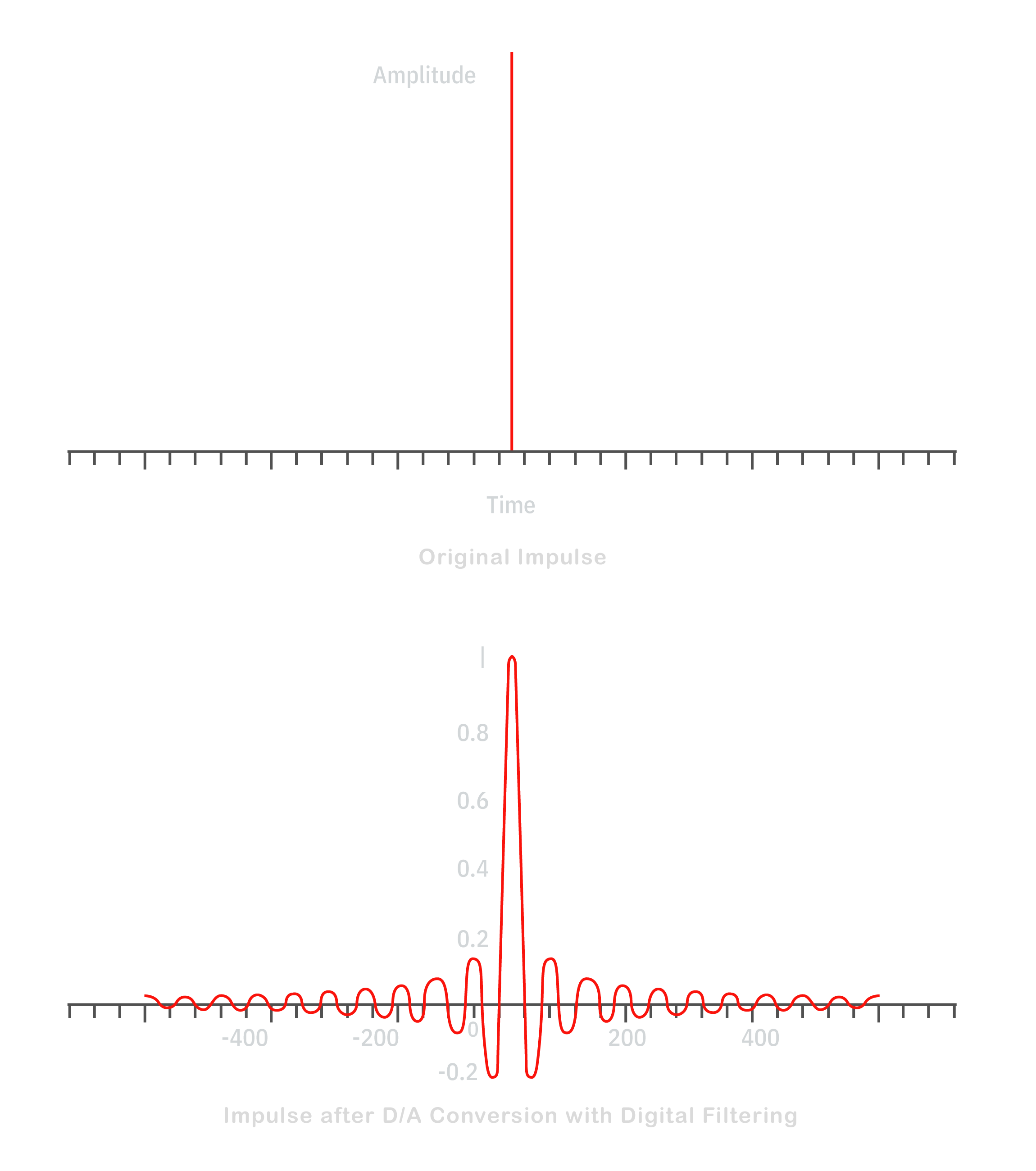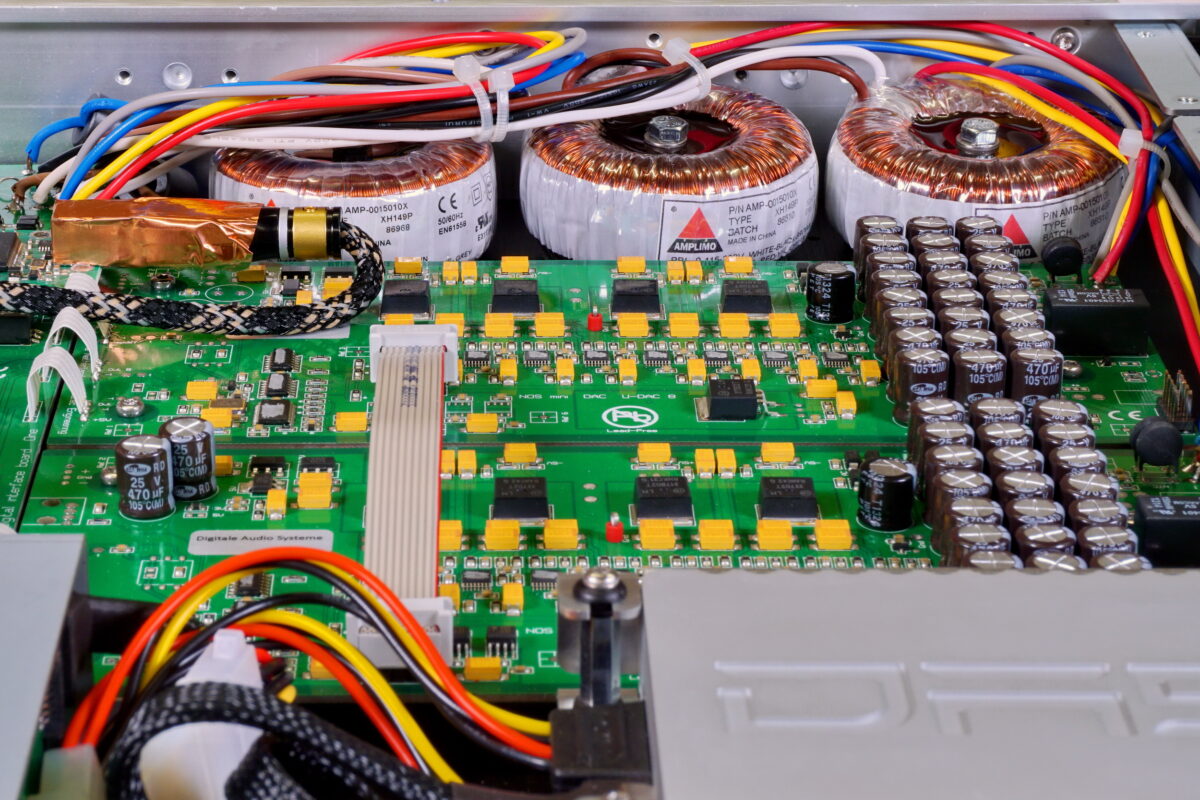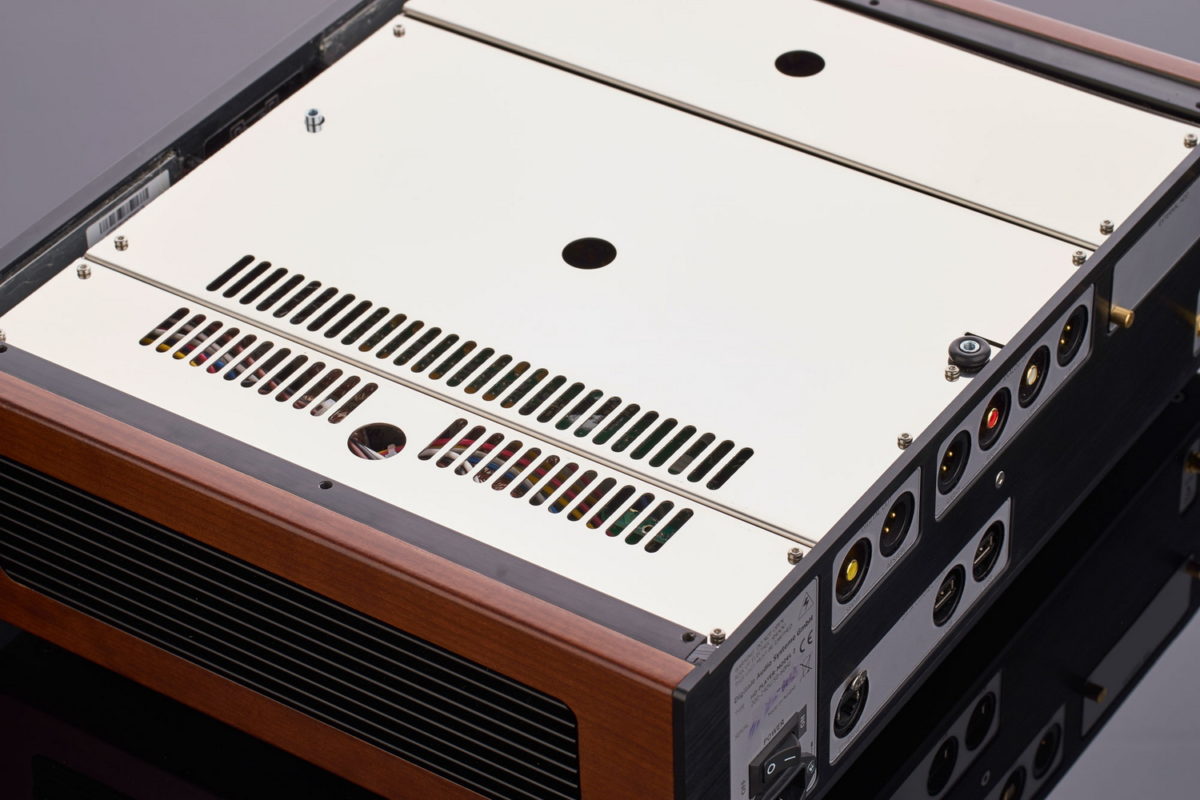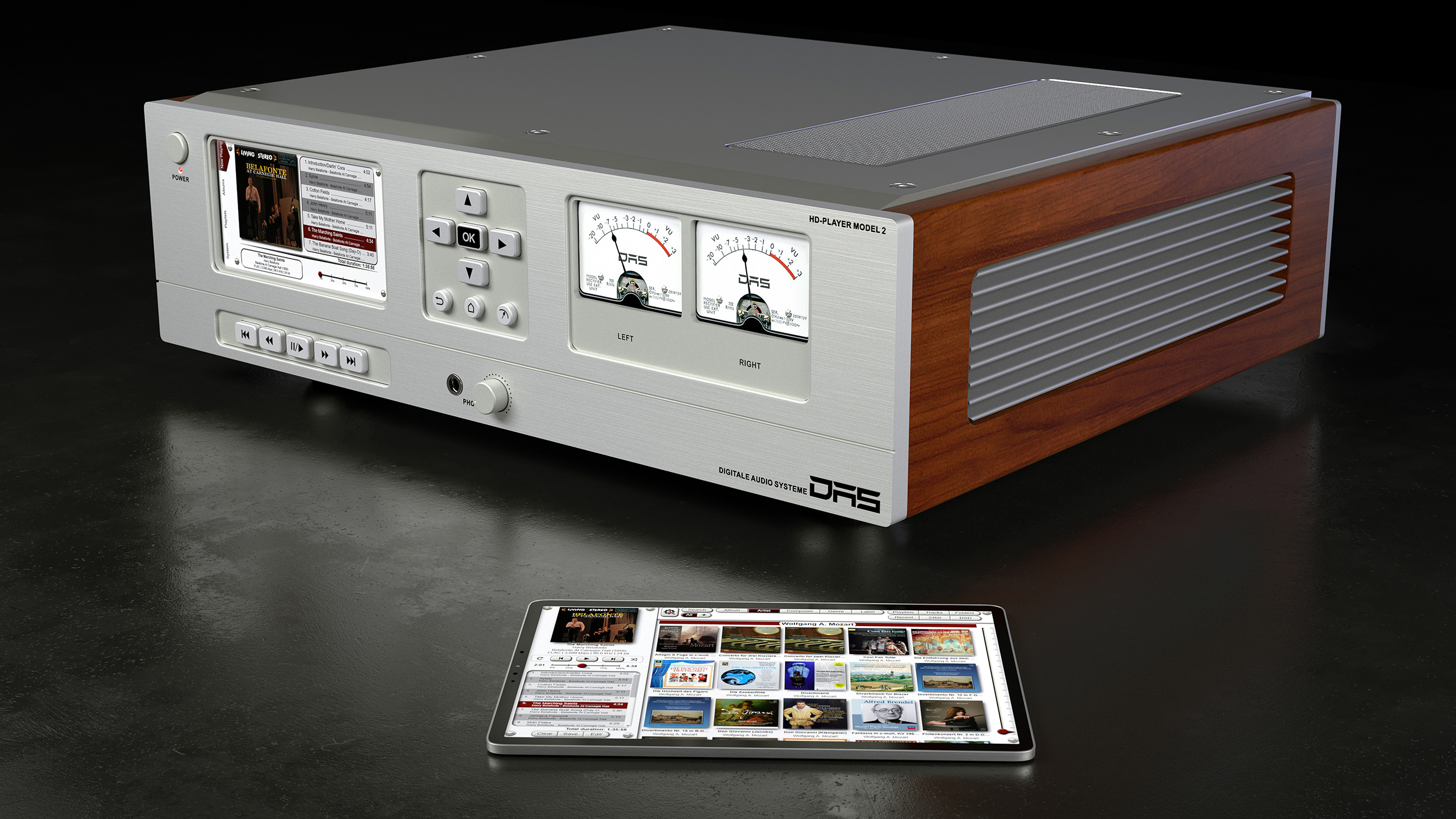Our technology turns listening to music at home into an emotional experience again
Although digital music playback is vastly superior to analogue playback in all measurable parameters, it is often high-end analogue equipment that produces the more live-like and engaging sound stages. As connoisseurs of high-end analogue equipment and passionate collectors of vinyl and reel-to-reel, it is our ambition, to realise in the digital domain the atmosphere and vivid realism of high-end analogue equipment and to combine that with the convenience of digital music management.
Our products achieve a sound quality so natural and emotionally involving that the review magazine Stereoplay wrote in its review of our Model 2 (Sept. 2018 issue): “The end of a quest. If you have been missing the soul of the music in your digital playback systems, you need to audition DAS’ HD players.”
To produce such realism in digital music playback is no simple feat. We achieve that by implementing, amongst others, the following technological features. They ensure that DAS music servers and streamer do not influence the original sound in any way, but present it to the listener in exactly the same way the artists and engineers intended it during the recording session.
Non-Oversampling (NOS) Converter Technology
DAS uses NOS R-2R ladder DAC technology without oversampling or digital filtering.
Oversampling is one of the main reasons for the so called „digital sound“, i.e. a sound quality that is clear, transparent and dynamic, but at the same time also flat, glassy and unengaging. In audio applications ca. 95% of all D/A converters used today are of the oversampling type. Oversampling D/A converters upsample all incoming digital signals to a multiple of the original sample rate in order to reduce the anti-aliasing filter requirements. These oversampling chips are so popular, not because they sound so good, but because they are cheap to purchase and easy to handle. Repeated up- and downsampling of the original signal with associated filtering is not conducive to good sound quality.
To build a D/A converter without oversampling is a lot more complicated and costly. But it leads to unadulterated and natural sound reproduction.
Learn more about different D/A converter technologies in our background article (in German): D/A Converter Technologies.


No Digital Filters
On account of its NOS DAC technology, DAS does not need to implement digital filters and thus realises perfect impulse responses, as in the top graphic.
Digital anti-aliasing and reconstruction filters are the second main reason for the so called „digital sound“ in conventional D/A converters. Digital filters cause a number of problems. One of the most significant is the so called “smearing” of impulse responses in the time domain. I.e., impulses, as in the top graphic, are reproduced with a pre- and post-echo and thus smeared across time as shown in the bottom graphic. In particular, pre-echos are a most unnatural phenomenon.
Manufacturers of oversampling DACs sometimes implement various selectable filter characteristics (e.g., minimum-phase, apodizing, slow-roll-off etc. filters) in order to mitigate these side effects of their oversampling topology. However, these cause different problems in other areas (e.g., aliasing distortion, phase distortion, bandwidth limitation etc.). One can push around the problems of digital filtering, but one cannot get rid of them in the context of oversampling technology.
Learn more about digital filtering in our background article (in German): Digital Audio Basics.
HighPerformance Converter Chips
Linearity, speed and bandwidth are crucial parameters for digital-to-analogue audio conversion. DAS utilizes specially selected industrial converter chips for its digital-to-analogue converters. They have a much higher speed, linearity and bandwidth than normal audio DAC chips and are among the very best available in this field.


No Output Stage for shortest possible Signal Path
The selected high speed R-2R NOS converter chips of the DAS HD-Players feature integrated I/V-conversion, so that no external output stages are required. Due to the number of chips implemented, they also produce sufficient power to drive any downstream equipment, so that no further amplification is required. This realises the ideal of the shortest possible signal path in a simple and clever design.
Conventional D/A converters require analogue output stages for i.a. I/V conversion and amplification, normally by way of op-amps. These components have considerable influence on the resultant sound quality of the DAC and are prone to all kinds of problems (as Barrie Gilbert observed: “The best op-amp for an I-V converter is no op-amp”).
Clean and stable Power Supply
Since digital signals require very precise clocking information for faithful analogue reproduction, a clean power supply and grounding scheme is crucial for sound quality. That is why in DAS products, every functional section has its own independent high quality power supply. This ensures that every functional unit has sufficient power at all times and different functional sections do not influence each other via the supplied power.


Silver internal wiring for best electrical signal transmission
The entire internal wiring of the audio signal-transmitting cables is made of silver conductors to ensure the best possible electrical transmission. Consequently, all soldering points are made with silver solder.
Sophisticated mechanical, electrical and electromagnetical Isolation
Digital signal processing is very delicate with respect to mechanical, electrical or electromagnetic interference. Such interferences can emanate from without or within through e.g. WLAN antennas, switching power supplies, neighbouring electrical circuits, hard drives etc.
In order to protect the signal processing inside the DAS HD-Players from such external and internal influences, DAS has implemented sophisticated electrical, mechanical and electromagnetic isolation measures: The various functional areas inside the HD-Players are galvanically isolated against each other. Additionally the whole housing is divided into 7 compartments, which are isolated with steelsheet shields around each functional unit. This contributes significantly to the overall mass of the HD-Players, with the Model 2 weighing 20kg. The hard drives are silenced in specially designed aluminium blocks milled from massive aluminium and installed with special suspension. The feet carrying the whole device are designed with 3 layers of mechanical isolation.




